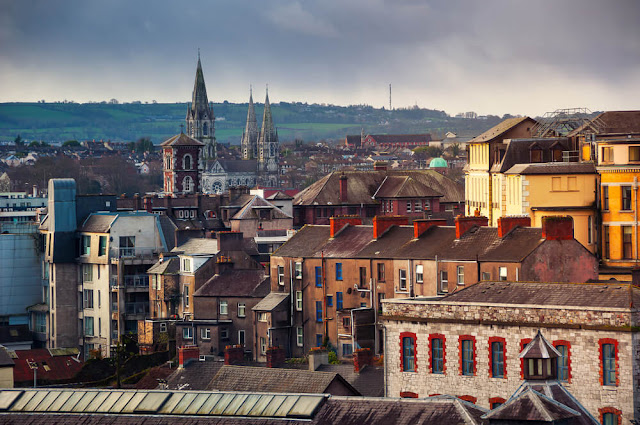Ireland’s Continuous Growth may Lead to Competitive Threats
According to a new
forecast report, all households should finally start to see the benefits of Ireland’s
recovering economy this year, with employment expected to reach the highest
record of 2.2 million, and the Gross Domestic Product (GDP) rises 5.6 percent.
The Irish Business and Employers Confederation (IBEC)’s recent quarterly economic score predicts
consumption expenditure will increase by 4 percent this year in value terms, as
the economy approaches full employment with more than 2.2 million Irish at
work, and Ireland will have the fastest income growth in the entire Europe. From
this, it would put Ireland’s spending above €100 billion ($122,775,000,000),
the first time in the country’s history.
According to Ibec’s
report, “Total household purchasing power, excluding borrowing, has never been
his greatest in the history of the State.”
However, Ibec added that
the rising economic growth could be at risk from emerging threats to the
country’s competitiveness.
According to Gerard
Brady, Ibec’s head of tax and policy, the success of economic recovery is
creating its own problems.
“It is important,
however, that we do not become complacent,” he said.
“Previous periods of
strong growth were undermined by a rising cost base dampening our exports and
increasing challenges to quality of life.”
He added, “It is
important we focus on the competitiveness factors we can control at home.”
“Despite improvements
over recent years, Ireland’s economy remains characterized by the National Competitiveness Council as a ‘relatively high-cost location’.
“As a small, open
economy, we remain extremely vulnerable to further external price shocks
through exchange rates, interest-rate hikes or rising energy prices.”
Ibec points out a
positive report this morning. The economy is growing, trade remains robust even if UK’s Brexit vote in 2016 had a significant impact on some firms in the
country, and households are clearly benefiting through incomes which are
increasing at the fastest rate in Europe.
Brady said that the main
question facing the economy over the coming years would be Ireland’s ability to
maintain its economic growth without experiencing ‘significant competitive
erosion’. He added that it is important to focus on the competitive factors
that can be controlled at home.
Looking Deeper
Sterling’s slide on the food sector is one factor of Ireland's economic boom because it results in a ‘much more muted
impact’ of the wider economy. Ibec noted that food exports from Ireland
rose 12.5 percent in 2017, driven by dairy sales as global butter prices rose.
On the other hand, Ibec CEO Danny McCoy dismissed concerns over the quality of
jobs that have been proposed in Ireland in the recent years, “There is little
evidence to support this narrative. In the past year, full-time employment
increased by 6 percent, while the number of part-time workers fell by 7
percent.”
Ibec welcomed the Ireland government’s recently announced ‘Project Ireland 2040’. The 10-year plan is worth €115 billion ($141,201,600,000), which further
develops the overall economy of Ireland from infrastructure, housing, to social
welfare and development.
HQBroker is here to give you a
daily news roundup about the forex, commodities, technologies,
automobiles, and economies. You can create an account now and make yourself
updated with essential news in the market.
Ireland’s Continuous Growth may Lead to Competitive Threats
 Reviewed by HQBroker
on
April 09, 2018
Rating:
Reviewed by HQBroker
on
April 09, 2018
Rating:
 Reviewed by HQBroker
on
April 09, 2018
Rating:
Reviewed by HQBroker
on
April 09, 2018
Rating:








No comments